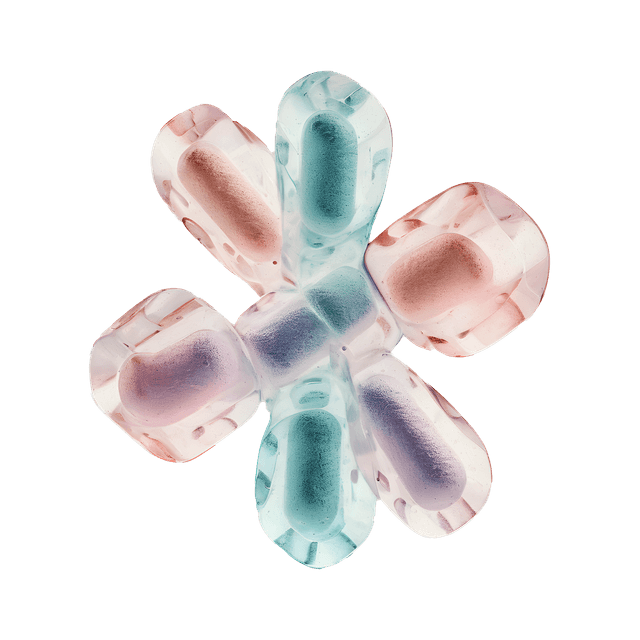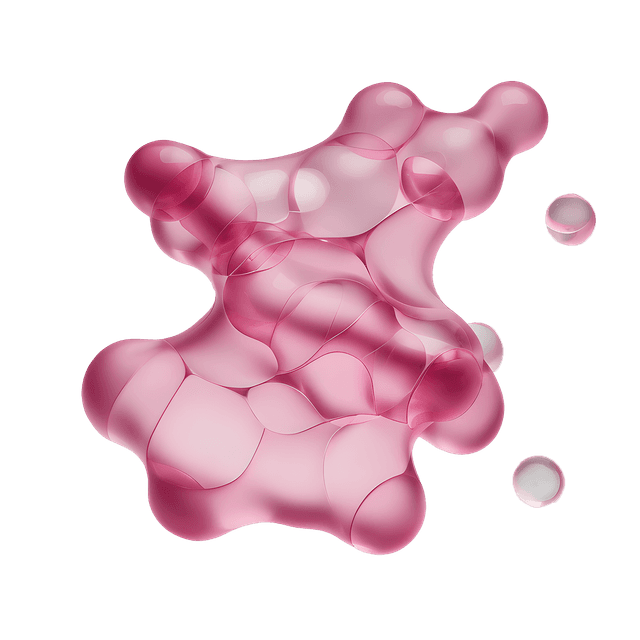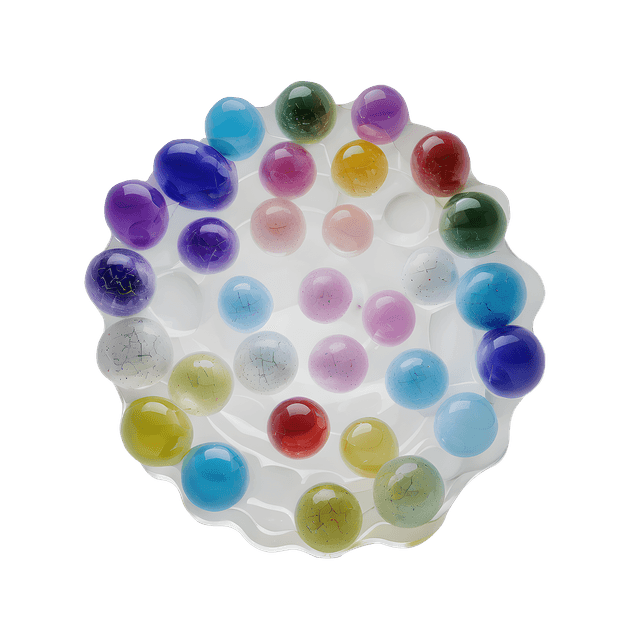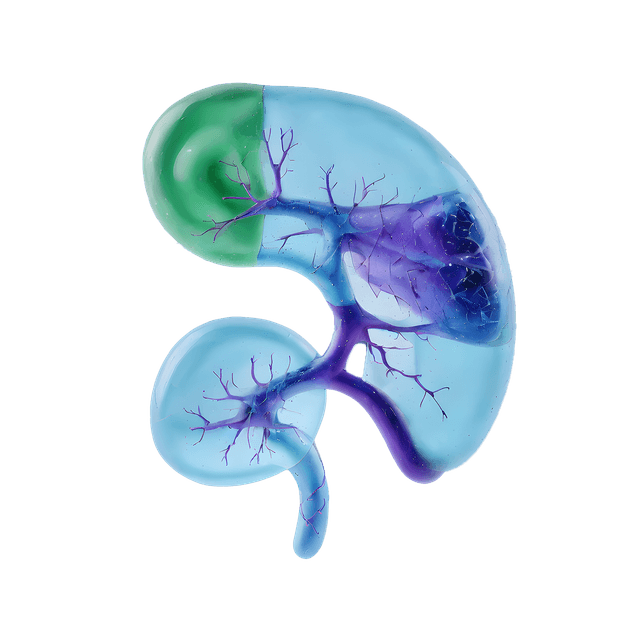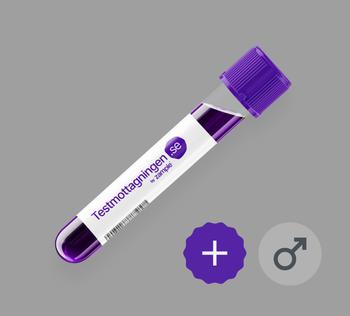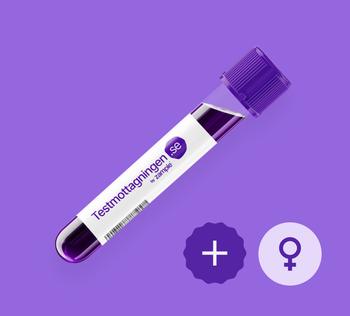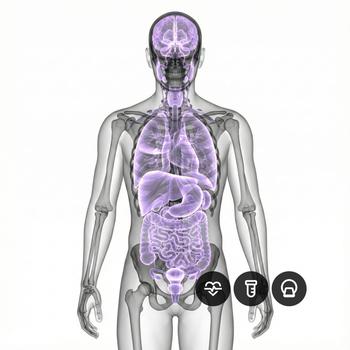What is transferrin?
Transferrin is a transport protein produced in the liver that circulates in the bloodstream. Its primary function is to bind iron and transport it to various tissues in the body, including the bone marrow, where iron is used in the production of hemoglobin, the protein in red blood cells responsible for oxygen transport.
By binding iron in the blood, transferrin protects the body from the harmful effects of free iron, which can contribute to oxidative stress. Thus, transferrin plays an important role in the regulation of iron metabolism.
Why is transferrin tested?
Transferrin is commonly measured when evaluating iron status, for example in cases of suspected iron deficiency, iron overload, or anemia. Together with other tests such as ferritin, serum iron, and transferrin saturation, it provides a more complete picture of the body’s iron stores and transport capacity.
Since transferrin is produced in the liver, low levels may also indicate impaired liver function. In addition, inflammatory conditions can affect its levels – transferrin is a so-called negative acute-phase protein, meaning its levels can decrease during inflammation.
What can cause low transferrin levels?
A low transferrin level usually indicates that the body has sufficient or excess iron. It can be seen in cases such as:
- Iron overload or hemochromatosis (iron storage disorder)
- Prolonged iron supplementation or transfusion
- Chronic inflammatory diseases (e.g., rheumatism, infections)
- Liver diseases (reduced synthesis of transferrin)
- Malnutrition or protein deficiency
Note! Low transferrin levels due to iron deficiency are very rare, as the body typically responds to iron deficiency by increasing transferrin production.
What can cause elevated transferrin levels?
A high transferrin level is often a sign of iron deficiency. When the body’s iron levels drop, it compensates by increasing transferrin production in an attempt to more efficiently transport the limited amount of iron available.
Elevated levels can be seen in conditions such as:
- Iron deficiency anemia (the most common cause)
- Pregnancy (increased iron demand and increased transferrin production)
- Puberty and growth periods in children and adolescents
- Bleeding (e.g., heavy menstruation or gastrointestinal bleeding)
To assess whether high transferrin levels actually indicate iron deficiency, it is often analyzed together with ferritin and transferrin saturation. Low ferritin and high transferrin strongly suggest iron deficiency.




